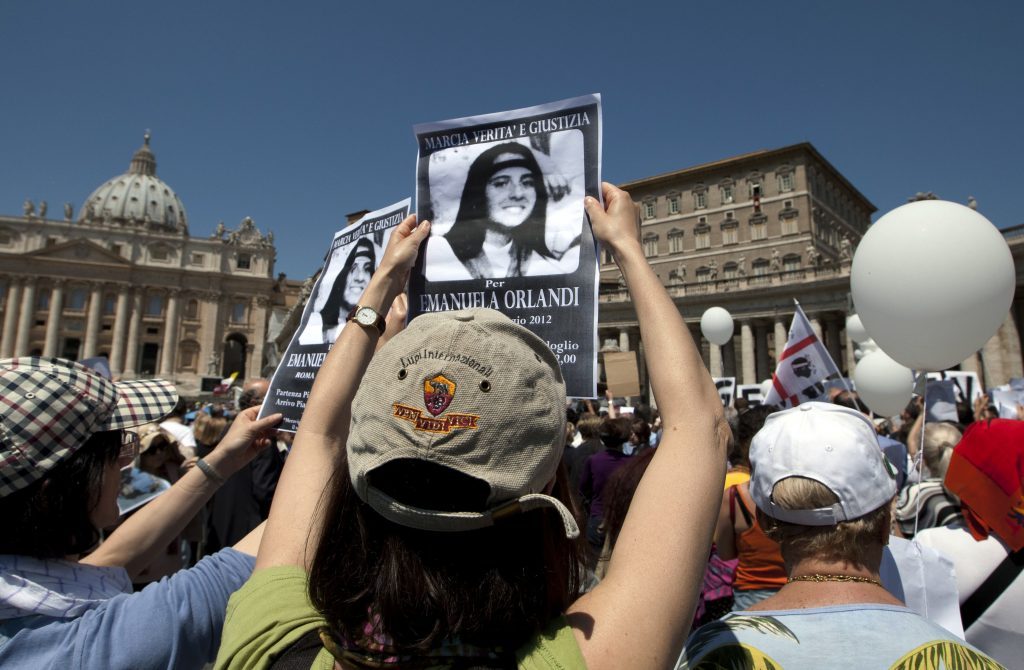According to local news outlets the bones that were found on Vatican property at the end of October do not belong to two Italian girls who disappeared in the 1980s.
In an article by La Repubblica, the remains are said to date further back than 1983, the year when Mirella Gregori and Emanuela Orlandi disappeared under mysterious circumstances.
Representatives from the Holy See have been skeptical about connecting the two stories - the bones and the missing girls - in interviews with local media.
“Things are done with greater openness and more transparency,” said Italian Cardinal Pietro Parolin, the Vatican’s Secretary of State. “We found some remains and we wanted to know exactly what we were doing, to whom they belonged, and therefore asked Italy for help.”
Also speaking to La Repubblica, the emeritus regent of the Apostolic Penitentiary, Italian Bishop Gianfranco Girotti, said that “everyone in the Vatican believes that the names Emanuela Orlandi and Mirella Gregori have nothing to do with the finding of the bones that took place under the pavement of the Apostolic Nunciature of Via Po in Rome.”
On Oct. 30, two remains were found in the basement of the Vatican Nunciature, an extraterritorial Church property, located in Rome’s city center. The villa was gifted to Pope Pius XII in 1949 by a wealthy entrepreneur called Abramo Giacobbe Isaia Levi to thank the Vatican for welcoming and protecting Jews under fascist persecution.
The fact that Gregori lived just a few blocks away at the time of her disappearance and the identification of at least one of the bodies as female led to immediate speculation in Italy that the findings might bring to a long-awaited close one of Italy’s most persistent mysteries.
An additional lead was that the body might belong to the wife of the custodian of the property, who disappeared in the 1960s.
But inside sources have told the local press that the bones are too old to be related to these cases. It’s the deterioration of the remains that makes it difficult to extrapolate DNA from the samples and therefore establish their identity. Radiocarbon dating will begin Nov. 30, sources said, and take a couple weeks.
Until then, the remains “haven’t spoken yet,” investigators told local media.

